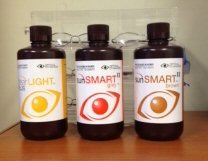First, don’t worry…it will usually come out if you treat it properly before washing. Take it from someone who spends a lot of mixing newmonomers, here is what to do:
1) Blot up any monomer you can from the area to keep it from spreading and limit its ability to cure (it doesn’t cure as easily when there’s less of it). Don’t spend a bunch of time in the sun with monomer-soaked clothes either. Sunlight cures it, and once it’s hardened it’s not coming out. Room light and short periods outside aren’t typically a problem.
2) Locate a bottle/stick of Shout Ultra Gel (it’s the one with the little scrub brush built into the top of the bottle). Make sure it says you can wait up to a week to wash the item after treating a stain.
3) Thoroughly saturate the spot with Shout and scrub it a little. Make sure it penetrates the fabric well. If the garment is thick, apply from the inside too.
4) DO NOT wash it immediately. You can wait up to a week, so give it some time to work on the monomer – a couple days at least.
5) Wash normally
 Other stain removers might work too, but Shout is the one I’ve used to save a bunch of clothes over the years. I think being able to leave the ultra concentrated version on for quite a while before washing really helps.
Other stain removers might work too, but Shout is the one I’ve used to save a bunch of clothes over the years. I think being able to leave the ultra concentrated version on for quite a while before washing really helps.
On a related note, photochromic clothes do sound kind of fun until you walk outside and realize you look like a horror movie extra because your nice white shirt has concentrated red photochromic goop smeared on it. It took a couple treatment/wash cycles to fix that one, but Shout rescued it too.
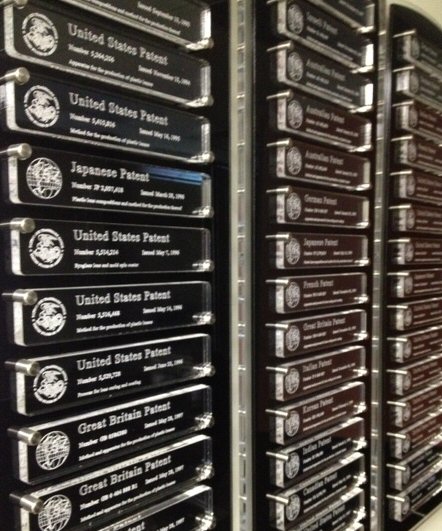
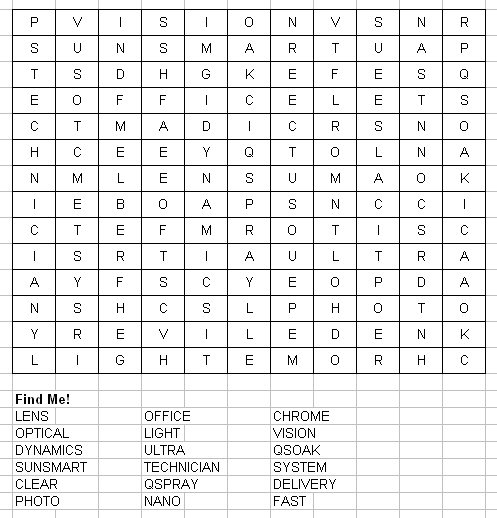

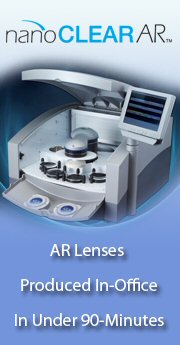

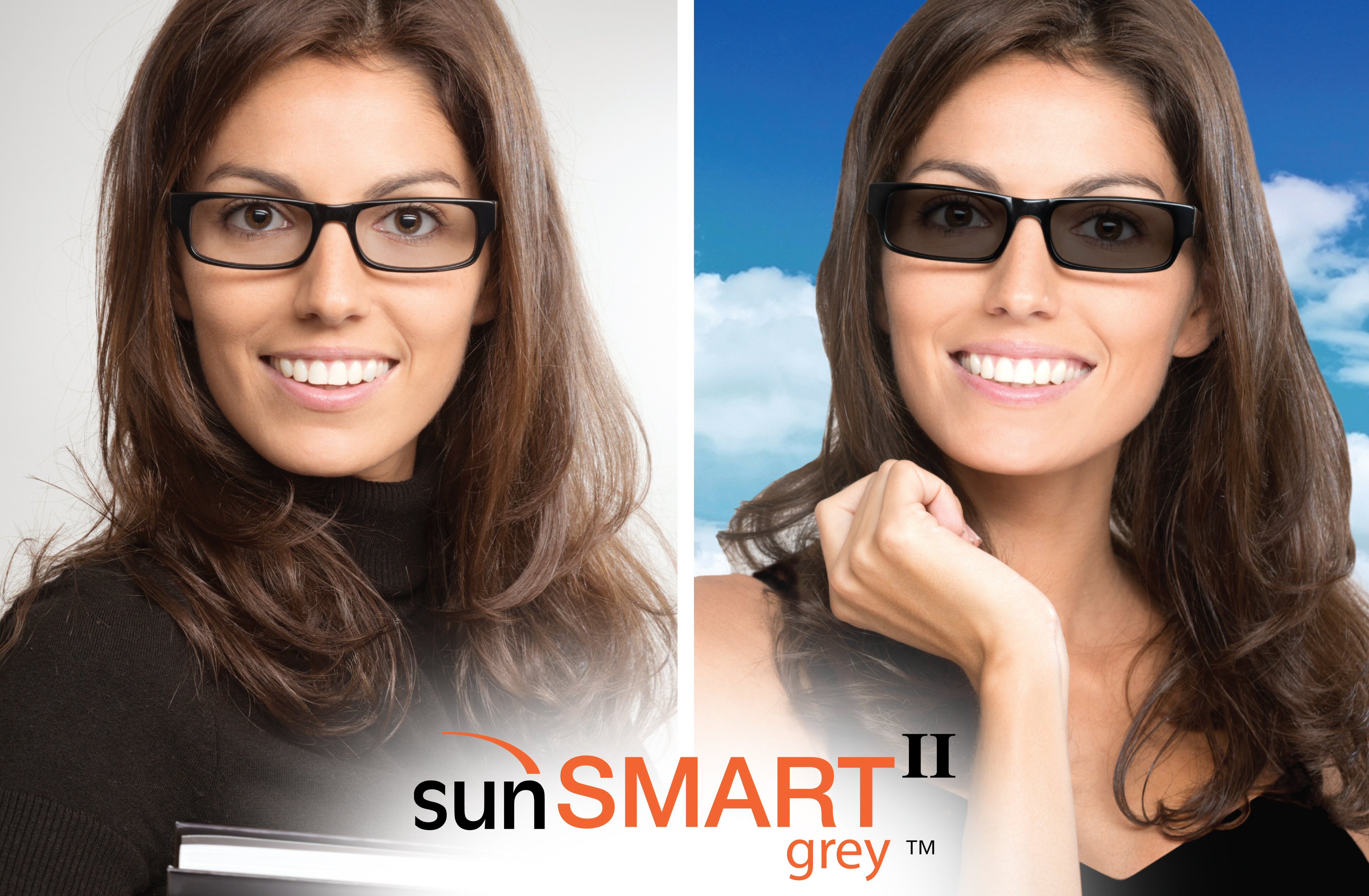
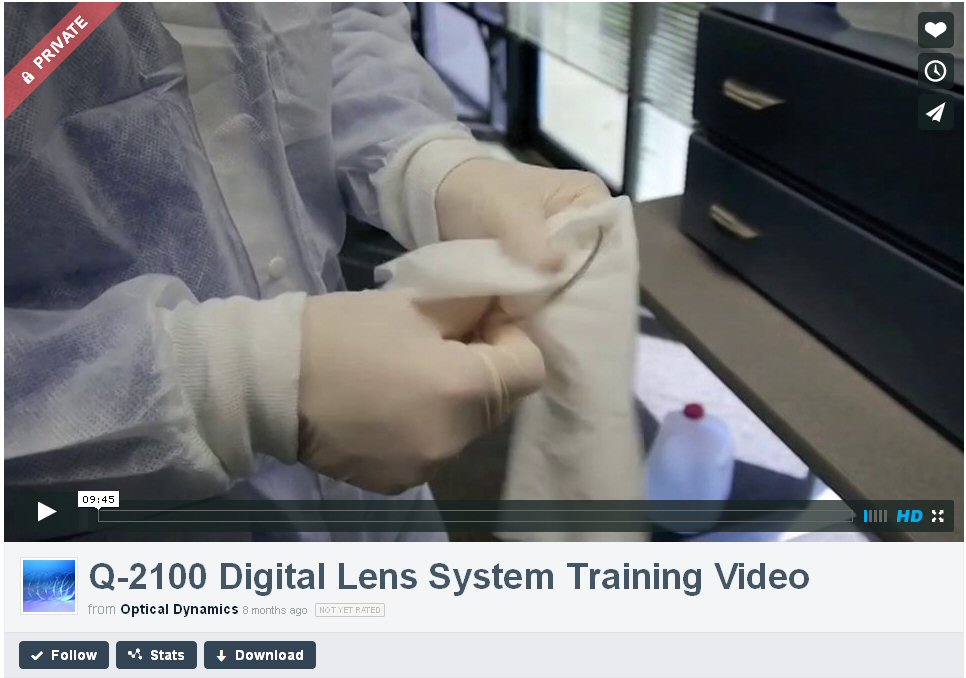
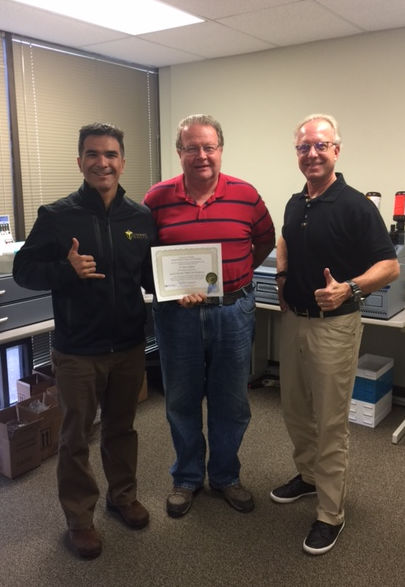 Optical Dynamics is pleased to celebrate 7-years working with Dr. Peter Lombard and the Team from Lombard Health. Located in Sinajana, Guam, Dr. Lombard personally visited our headquarters in Louisville, KY for training.
Optical Dynamics is pleased to celebrate 7-years working with Dr. Peter Lombard and the Team from Lombard Health. Located in Sinajana, Guam, Dr. Lombard personally visited our headquarters in Louisville, KY for training.